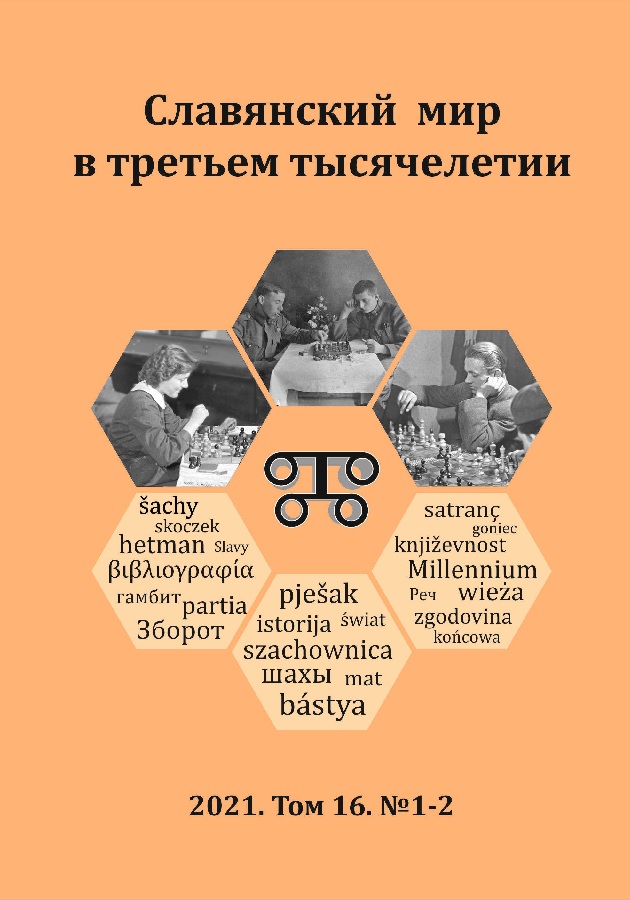Zlatanović S. Etnička identifikacija na posleratnom području: Srpska zajednica jugoistočnog Kosova. Beograd: Etnografski institut SANU: Čigoja štampa, 2018. 364 s. (Posebna izdanja; knj. 89)
[Zlatanović S. Ethnicity in a Post-War Region: The Serbian Community of Southeast Kosovo. Belgrade: Etnografski institut SANU: Čigoja štampa, 2018. 364 p. (Special editions; book 89).]
DOI:
https://doi.org/10.31168/2412-6446.2021.16.1-2.12Keywords:
Ethnology, identity, Kosovo Serbs, Kosovo Croats, Serb-Albanian relations in Kosovo, Kosovo, Kosovo War 1999, refugees, Kosovsko PomoravljeAbstract
Sanja Zlatanović’s book Etnička identifikacija na posleratnom području: Srpska zajednica jugoistočnog Kosova (Ethnicity in a Post-War Region: The Serbian Community of Southeast Kosovo) provides a valuable picture of the Serbian community of Kosovsko Pomoravlje (South-East Kosovo around Gnilane) during the first years of international rule in the disputed area. The book is based on field research carried out between 2003 and 2006 both in the area and in Southern Serbia with persons displaced from the area. S. Zlatanović describes the subdivisions between “Kosovo old-dwellers” and “Colonists” (of 1920s and 30s); between Serbs and Serbian Gypsies in Kosovo; and between KosovoSerbs and the population of Central Serbia. She also demonstrates the complexity of the Kosovo Serb perception of their neighbours – Kosovo Croats and Kosovo Albanians. The author reviews both the efficiency and limits of the komšiluk (traditional practice of neighbourhood solidarity), cultural similarities with the Kosovo Albanians, and the role of the Raška-Prizren Diocese of the Serb Orthodox Church and its influence upon the community, e. g., by the overcoming of traditional practices of religious syncretism. This ethnological study will be of use both for ethnologists and social anthropologists of the Balkans, as well as for historians and political scientists. The Kosovo Serb identity, their internal subdivisions, and the cultural stereotypes described by S. Zlatanović will exist as a part of the broader Serbian social texture for the foreseeable future.
Received 1 June 2021
How to cite: Engelhardt, G. N., 2021. Zlatanović S. Etnička identifikacija na posleratnom području: srpska zajednica jugoistočnog Kosova. Beograd: Etnografski institut SANU: Čigoja štampa, 2018. 364 s. (Posebna izdanja; knj. 89). [Zlatanović S. Ethnicity in a Post-War Region: The Serbian Community of Southeast Kosovo. Belgrade: Etnografski institut SANU: Čigoja štampa, 2018. 364 p. (Special editions; book 89).]. Slavic World in the Third Millennium, vol. 16, no. 1–2, pp. 266 –273. https://doi.org/10.31168/2412-6446.2021.16.1-2.12



